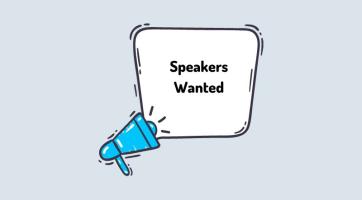IV. After the Assessment
The report and presentation provided by the technology assessment vendor is just the beginning of the technology assessment process. Firms must be dedicated and prepared to address the issues that have been identified in the report, a process which could take days, months, or years. The firm must be prepared with staff and a budget to tackle the most immediate challenges. Firms can look to vendors for assistance and additional support that may be needed to develop new or updated technology plans, implement select recommendations, or train existing technology staff.
The first step after the assessment has been completed is to identify and agree upon a list of issues that need to be resolved. The list should be comprehensive and should be ranked by urgency. Security issues will need to be resolved immediately, while other issues, like minor technological annoyances, can be put near the bottom of the list. The technology assessment vendor should be able to help prioritize issues.
After the list of issues has been completed and agreed upon by key stakeholders, IT staff should research the costs of fixing each item (by priority) and estimate how long these fixes will take. For larger issues that require more than a few weeks to fix, IT staff should identify milestones to serve as checkpoints to track progress and ensure that the project stays on track.
Once these steps have been completed, the real work begins. Technology maintenance and improvement is a continuous process (see Building a Culture of Continuous Improvement below) and must remain a top priority for the firm in order to protect clients and employees. The technology committee should continue to meet regularly throughout the process of fixing the issues identified in the technology assessment and should continue to meet occasionally after the issues have been resolved to ensure the firm’s technology remains a priority.
What to do Between Assessments
Formal technology assessments led by a vendor can be expensive and firms will likely not be able to perform one every year. Firms should plan to engage a vendor in a formal assessment as frequently as possible, and every five years at a minimum. In between technology assessments, the firm should engage in a variety of activities to ensure that their technology strategy remains effective and aligned with organizational goals. Using the Technology Self-Assessment Tool above annually is a good place to start.
Building a Culture of Continuous Improvement
Effective collaboration is essential, both for conducting a productive and useful technology assessment, and for continuing to improve and expand upon a firm’s existing systems. Building a culture of continuous improvement is critical to provide better services to clients, increase efficiency, and enhance overall program performance.
A culture of continuous improvement must come from leadership. Firm leaders much be committed to and visibly support a culture in which technology is respected and embraced but continually reviewed as well. Leadership must define a clear set of values that emphasize the importance of continuing to improve client services and how technology can be harnessed to do so.
Leadership should encourage all employees, including lawyers and support staff, to actively participate in identifying areas for technological improvement. Firms must provide ongoing training and development opportunities to ensure that employees have the necessary technological skills and knowledge to protect client information and provide excellent client services.
Firms should establish feedback mechanisms, such as regular surveys or technology meetings, to gather input from clients and staff regarding their use of technology. Data collected by the firm should be used to identify areas of improvement or inefficiencies that have the potential to impact client services most significantly.
Managers should consider adding technological competence and use to performance reviews and encourage staff to continue their improvement of that use via incentives like firm-wide shout-outs or small gift cards. Firms should celebrate and communicate successful improvements.
By implementing these strategies, firms can create a culture that values and prioritizes continuous improvement, ultimately benefiting clients, employees, and the organization as a whole.


